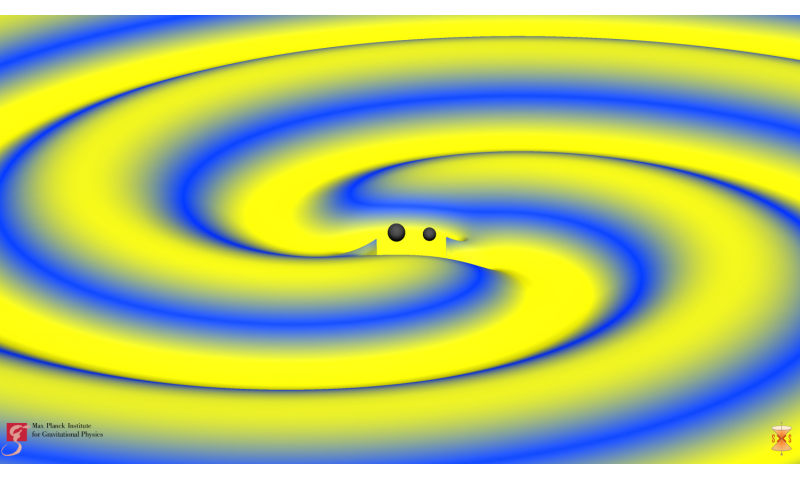Best of Last Week – Third detection of gravity waves, creating a molecular black hole and a way to end skin aging

(ScienceX)—It was another good week for physics as the team working at the Laser Interferometer Gravitational-wave Observatory reported that they detected gravitational waves for the third time and that the waves were once again due to two black holes colliding. And Duke University postdoctoral fellow Sho Yaida created 30 pages of calculations to settle a 30-year debate over a mysterious new phase of matter regarding disorganized materials such as glass. Also, a team at UCLA led an analysis of two decades worth of data from the W. M. Keck Observatory as part of a test of general relativity that could potentially generate new gravitational models using a theoretical fifth force.
In space news, a combined team of researchers from the University of Texas at Austin and Harvard University asked whether stars fall quietly into black holes, or crash into something utterly unknown. They developed a test and found evidence that suggested the former is more likely. Also, an international team of researchers found evidence that suggested that a giant ringed planet 50 times the mass of Jupiter is the likely cause of mysterious stellar eclipses.
In other news, a team with members from several institutions in the U.S. found that CRISPR gene editing can cause hundreds of unintended mutations—signaling possible hazards for patients currently participating in clinical trials in China and later next year in the U.S. Also, a team working at the U.S. Department of Energy's SLAC National Accelerator Laboratory used the world's most powerful X-ray laser beam to create a "molecular black hole." Firing the laser at a single molecule caused its largest atom to lose most of its electrons resulting in a void that behaved much like a black hole, pulling in electrons from other atoms in the molecule. And a team with members from The Seaver Autism Center for Research and Treatment at Mount Sinai and The Senator Frank R. Lautenberg Environmental Health Sciences Laboratory found evidence that suggested that exposure to specific toxins and nutrients during late pregnancy and early life correlated with an autism risk. Also, a team led by V. Porshyn found that a diamond needle can emit intense bunches of electrons when illuminated by light at its base.
And finally, if you are someone getting on in years and are concerned about the possibility of developing wrinkles, you might be interested in a study conducted by a team at the University of Maryland, they found that a common antioxidant could slow the symptoms of aging in human skin—called methylene blue, the team found after weeks of testing that it really was able to slow or reverse the impact of aging on skin.
© 2017 ScienceX